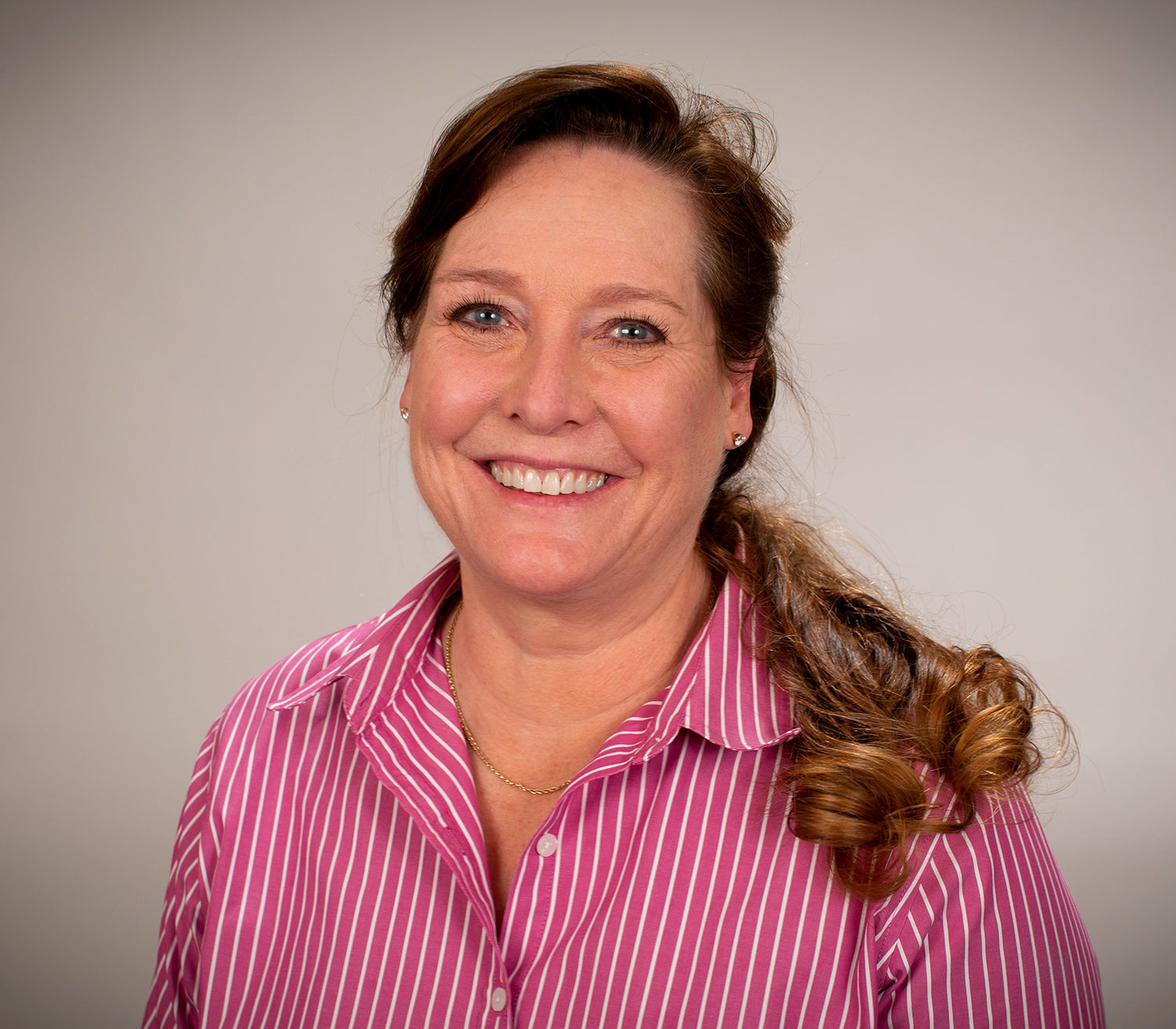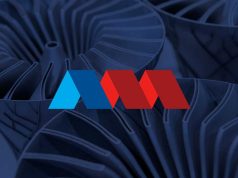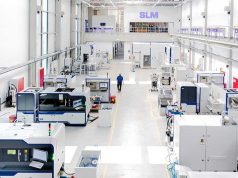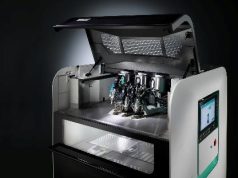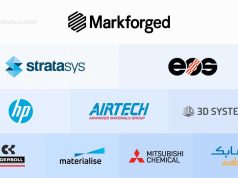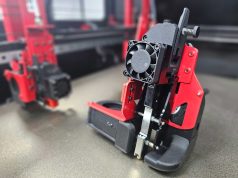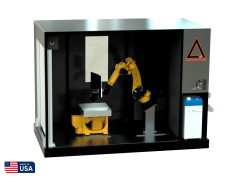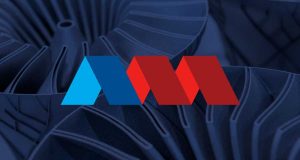Diana Kalisz has worked in additive manufacturing for over 30 years. Throughout her career, she has been associated with 3D printing pioneer and one of the leading manufacturers in the industry, 3D Systems. She joined 3D Systems as project manager for the large-format SLA 500, the company’s second stereolithography machine, and has since become vice president (Materials at 3D Systems). At this year’s AMUG conference, Diana Kalisz will be honored with the Innovators Award. We were able to conduct an interview with Diana Kalisz.
This year’s Additive Manufacturing Users Group (AMUG) conference will be held in Chicago from March 19 to March 23. More information about the event can be found here.
3Printr.com: First of all, Ms Kalisz, thank you very much for your time and for being available for the interview. Furthermore, congratulations on the well-deserved Innovation Award that will be presented to you this year at the AMUG for your achievements over the past decades.
Bringing innovative ideas to life can often be a long and rocky road, which is certainly accompanied by many setbacks and frustrations. The market development for new technologies is also considered to be an extremely lengthy process. You have followed this path consistently and exceptionally successfully. What has motivated you over the years, and what advice would you give yourself looking back on your experiences today?
Diana Kalisz: What has kept me engaged for so long at 3D Systems, is the combination of the people and the technology. I think everyone working in the industry, and with the products, recognizes how broad the applications are. It’s amazing what people have done with 3D printing. To be working to develop these products that have never been seen before is a rare opportunity, and I enjoy always pushing to make them more capable. Over the years, I have had the pleasure of working with exceptionally talented technical staff. It’s just so great when a person or a team finds the solutions to make a product the best it can be.
As to what advice I’d give myself? Make sure everyone has the overall context for what’s important in any development program. There are probably six different ways to solve a problem, but maybe just one heads in the direction you need to go. And be open to solutions coming from unlikely places. If everyone knows what the problems are, everyone is thinking about solutions, and something really amazing can come from an unexpected direction.
How important is it for an emerging technology to maintain close contact with all stakeholders in the industry, especially with the users? What challenges have you had to face over the years?
Customer needs are the key! There are certainly enabling technological advances that become available– but whether to use them must always be linked to what will make the product more useful for the people who are applying it. The very best of our innovations have arisen from being deeply connected to what a customer is wanting to do, and delivering products that push into areas we might not have thought about without that connection. It’s a real thrill to enable customers to do more than they could before.
An essential role in the industry’s growth is played by the AMUG (formerly 3D Systems Users Group), in which you play an important key role. Can you tell us something about its beginnings and dynamics?
In the early days of AMUG, the competing requirements of making 3D printing simply work (and work reliably) for what was already being done by customers, had to be balanced with pushing into new application areas. Interestingly, it’s much the same story as it is today – the customer engagement was a huge driver to what the products became. There was certainly a “family” feel to the group when it was very small. Within their respective companies, everyone was pushing something that was brand new, and being a champion of a new technology is risky business. So we were all there to support one another.
Additive manufacturing is considered an interdisciplinary technology per se, in which the expertise of several fields of knowledge converges. The domains machines, material and software, are often mentioned. What other disciplines/skills have you identified as relevant?
This falls into the category of “everything matters.” For example, an amazing material formulation could be a failure if the printer can’t handle it or the printing process is suboptimal. There’s no question that 3D printing requires everything to be playing in harmony, to get the best results – in fact, to work at all. Additive manufacturing isn’t just about 3D printers. It’s about entire solutions that not only include the printer but also the materials, the software, and the knowledge of application experts. If there’s advice here, it’s that any developer should get grounded in all the facets of the system, because good decisions come from knowing the full picture. Then their specific area will be in concert with all the rest.
Diversity in technological industries is an important issue, and the additive manufacturing industry is showing initiatives like P.E.O. or “Women in 3D Printing” a significant commitment to face this challenge. How diverse do you currently rate the additive manufacturing industry, and what changes would you like to see in the future?
Over the years, 3D printing has certainly gotten more diverse in every area – from users to product manufacturers, from engineers and chemists to product management, sales, and service. As diversity flows within our education systems and into the workplace, it has naturally happened in 3D printing as well.
In addition to these social challenges, the world is facing other international crises. In your opinion, to what extent can additive manufacturing technologies contribute to solving current and future challenges?
Strong economies lift everyone – and as the use of 3D printing expands from simply prototyping, to actual production of end-use parts, and further into printing parts that can affect the human condition, we’re part of that whole picture. The more competitive we can be in product development (no matter the application), the better off we will all be.
Apart from the problem-solving opportunities offered by additive manufacturing, which development do you find most exciting at the moment?
Though I love the work we do to help companies make better products on a faster cycle – and we have plenty of challenges still in front of us – I’m really excited about the use of 3D printing in the healthcare field. Imagining that what Chuck Hull invented back in the mid-1980s will, before too long, be able to manufacture parts for the human body, is just astounding. We’ve come so far, and yet there is so much more still on the horizon.
Subscribe to our Newsletter
3DPResso is a weekly newsletter that links to the most exciting global stories from the 3D printing and additive manufacturing industry.



